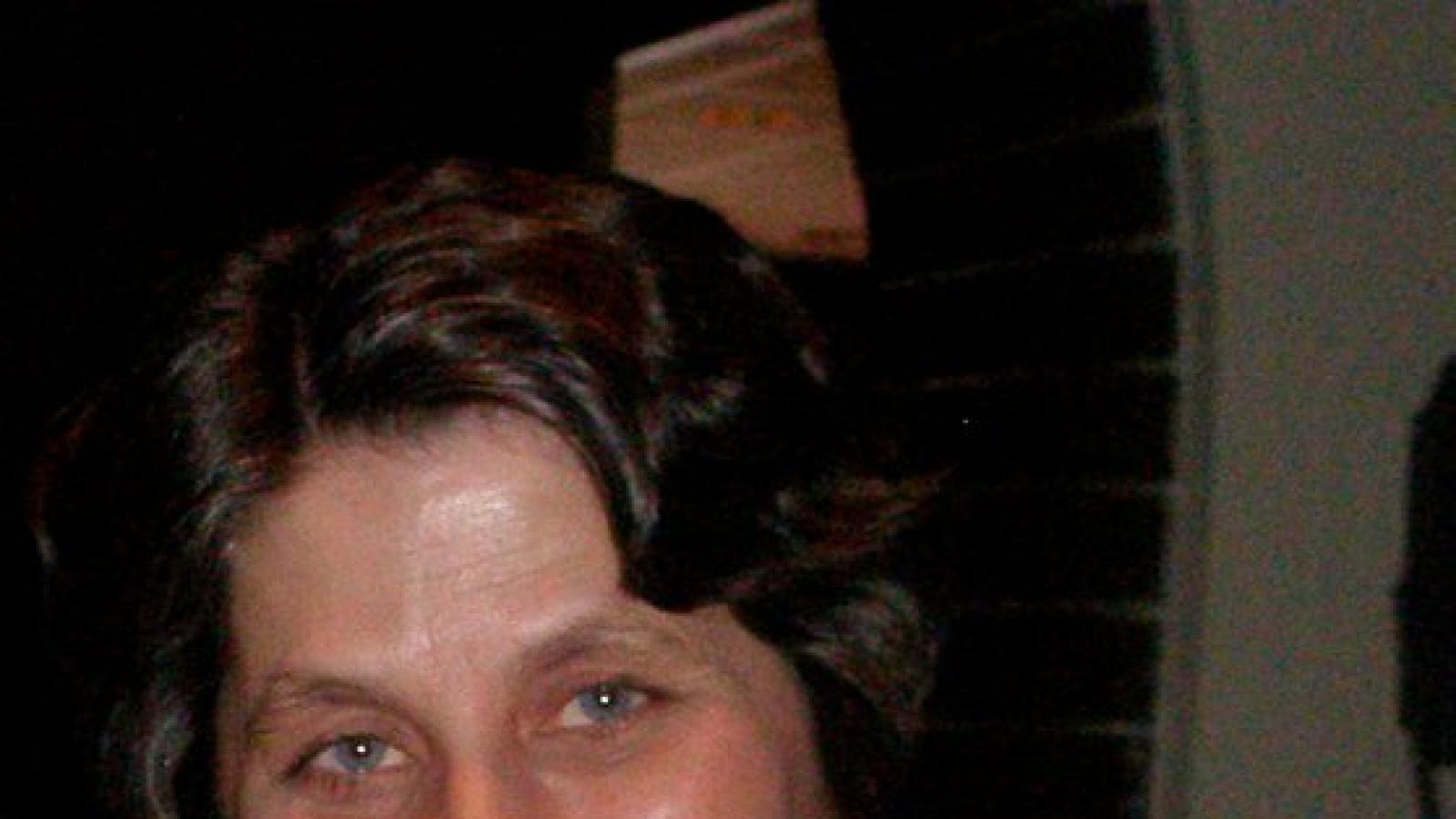Taking Note: Audience Engagement: Challenges & Opportunities for Researchers in Arts Education

Have you ever been in the audience of a performance of the Brahms Requiem and felt the stillness of the listeners around you? Have you ever attended a children's theater production and witnessed laughs-out-loud or applause in unexpected places? If you think about these moments through the eyes of a researcher, a number of questions emerge. Who are the people attending this event? Why are they here? What were they expecting? What, if anything, did they do to prepare themselves to experience the art? What are their thoughts as they listen and watch a performance? And, perhaps most importantly, how can I, as a researcher, capture their responses to a live performance in this digital and virtual entertainment age?
In my new role as Director of Research and Evaluation in the Education Division at the John F. Kennedy Center for the Performing Arts in Washington, DC, these questions occupy a central place. More than 50,000 children and youth attend theater, dance, and music performances at the Kennedy Center each year. Sitting in darkened concert halls with these young people can be magical. Listening to their questions in a performer talkback session evokes many more questions for a researcher. Live performance seems to engage people. But we often do not have the evidence of how, when, who, and why.
Our Research and Evaluation team has begun a review of the literature to explore this field known as audience research. Audience research, most strongly associated with market research, is a systematic way of assessing audiences to estimate audience sizes and discover audience preferences. There is a peer-reviewed journal in the field called Participations: Journal of Audience and Reception Studies in which methodologies as well as actual studies of audience response are published. One of the challenges for researchers and evaluators in the arts is to discern how best to use methods that closely align with traditional market and media research.
The literature of engagement in educational research is also compelling and adaptable to this purpose (Christenson, Reschly & Wylie, Eds., 2012). Several specific indicators of engagement are beneficial to consider for performances. First, researchers have noted the importance of expectations as they relate to engagement. Second, prior knowledge, including preparation and personal connections to a theme, memory, or idea in the performance tend to foster a demonstration of engagement. Finally, engagement is undeniably related to emotional response.
We are also immersed in an assessment of the technology that could be used to capture engagement. The last thing audiences hear at lives performances is a gentle reminder to turn off cell phones. And yet, cell phones might be the best way to tap immediate response before the play begins, at intermission, and immediately after the play ends. Links to a brief poll through sites such as Poll Everywhere or Survey Monkey are easily transmitted and can be analyzed for large data sets.
The Kennedy Center recently explored cell phone text potential for open-ended responses from Georgetown University students just after they attended a performance of Alvin Ailey's Revelations. We asked the group of 23 college seniors to move from the concert hall to a lounge where we projected an interactive three-question poll about what they just saw. They needed no direction. They simply sat down, pulled out their phones, and began to text their responses. The whole process lasted less than six minutes. The responses were complex and rich. When asked what they thought of the process and whether this would be a way to capture engagement for high school and college students, one young man replied, “It's the only way.”
Radio transmitter systems, called Audience Response Systems, have long been used in classrooms at all levels. In these systems, students hold remotes, known as “clickers” and respond to prompts through which a teacher or professor assesses immediate comprehension. While apparently successful for monitoring a single session or course, longitudinal use of these data is difficult. While data can be exported and analyzed, storing information over time seems cumbersome in the presence of the 21st century Cloud technology.
Quick audience response polls are obviously intriguing and can yield interesting patterns, gaps, and general evidence of engagement within and perhaps across art forms. But they raise deeper questions not always manageable through such sources. Do engagement patterns change when a child attends multiple events? Are they different for ballet than for opera? How could/would performing arts organizations respond to apparent gaps or lack of engagement as suggested by polls for a single performance or multiple events longitudinally analyzed? How can poll data be useful in program evaluation and thereby inform programming decisions?
Rigorous research and/or evaluation of performance engagement must also incorporate other means of data collection to inform decision-making. One approach, known as the Q Methodology, (Davis and Michelle, 2011), purports to provide “insight into audience subjectivities in a much richer way than that provided by conventional surveys, while providing more structure and better replicability than purely qualitative approaches such as focus groups or ethnographic observation” (p. 559). An approach that incorporates quantitative factor analysis coupled with rigorous qualitative data sources seems promising. Creative art products prompted by teachers in classrooms after performances may also yield interesting documentation for review.
Researchers and evaluators working with performing arts centers and organizations would benefit from a collective effort to adapt current technologies to performance space needs and requirements. Dissemination of performance engagement results may prompt others to replicate procedures for capturing engagement. This is a field ripe for those interested in listening to audiences and offering opportunities for arts educators, performing arts directors, and policymakers to respond.
______________________
Christenson, C.L., Reschly, A.L. & Wylie, C. (2012). Handbook of research on student engagement. New York: Springer.
Davis, C.H. & Michelle, C. (2011). Q methodology in audience research: Bridging the qualitative/quantitative ‘divide’? Participations: Journal of audience and reception studies, 8(2), 559-593.




